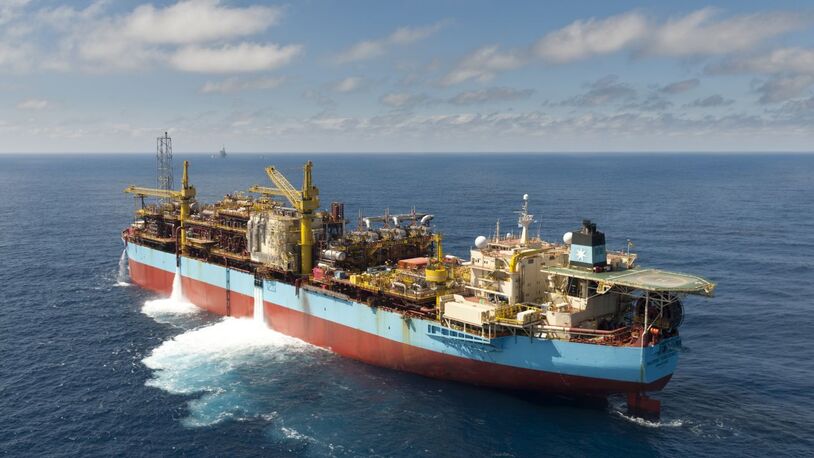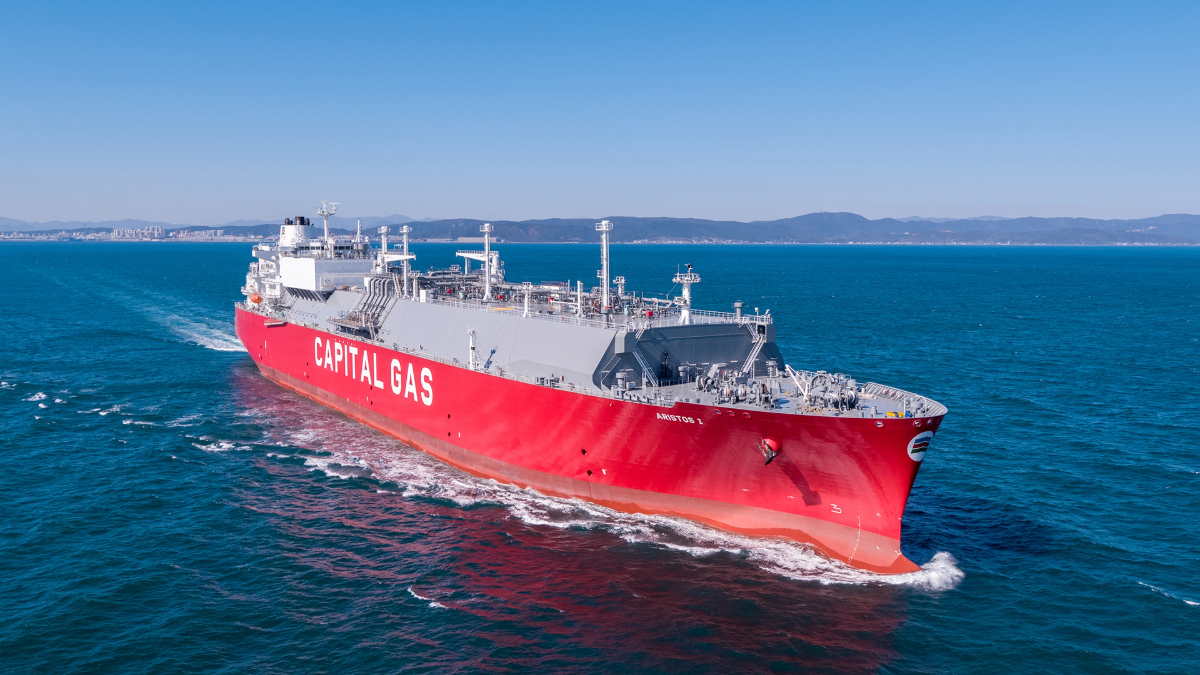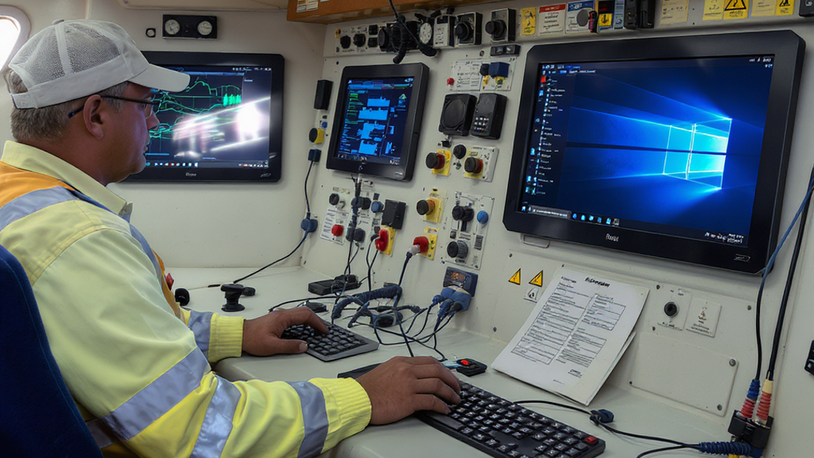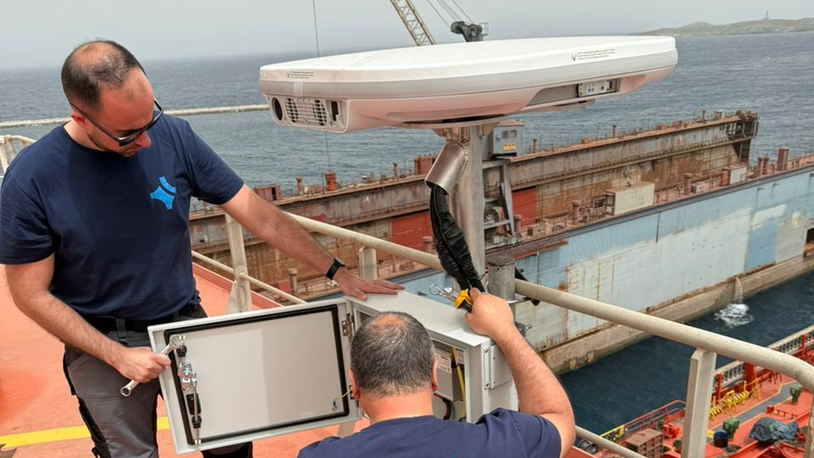Business Sectors
Contents
Video: drone maker begins path to autonomy for confined-space drones
Drones capable of returning to takeoff point upon autonomous assessment of battery level and distance can also recognise obstacles in route
A Swiss drone manufacturer has taken an initial step into autonomous operations for drones that are marketed for maritime, offshore and other industries where humans undertake confined space inspections and other potentially dangerous tasks.
The company, Flyability, has added what it calls a "smart return-to-home" feature on its Elios 3 drone model. The feature gives drone pilots the option to turn the feature on in the flight app, which then pushes a series of basic autonomous tasks over to the drone. Among the tasks are self-monitoring of battery levels, autonomous calculation of the shortest flight path back to the original takeoff point, and recognition of obstacles while flying.
"This is a major step toward fully autonomous operations, enabled by state-of-the-art navigation algorithms, our Flyaware mapping engine combining LiDAR and cameras, and the Elios 3’s unique collision tolerance. This development aligns with our vision of making drone inspections effortless for anyone, even in the most demanding missions," Flyability co-founder Adrien Briod said.
The company said its smart return-to-home programme uses real-time LiDAR scans to provide navigational data to an "onboard autonomy engine". The Elios 3 drone uses the data to create and autonomously execute a flight plan.
"As a result, the Elios 3 drone is now capable of situational analysis and making a decision based on that data. This autonomy engine can then be developed to include new capabilities, such as collision avoidance or obstacle recognition," according to Flyability.
The combination of these initial autonomous features adds to efficiency and safety in drone operations, according to Flyability, by freeing drone pilots from some of the time-consuming monitoring elements of undertaking a confined space inspection.
According to Flyability, the drone’s ability to monitor its battery and ensure it returns to its takeoff point before it loses power gives drone operators more time to focus on the inspection.
Enclosed spaces on maritime and offshore vessels can be extremely hazardous and even deadly, and drones have the potential to remove a significant element of risk from operations in enclosed spaces.
In a report from late 2024, the International Institute of Marine Surveying cited InterManager statistics that showed a "surge in enclosed space deaths" in the maritime sector in 2023. InterManager, which records incidents on behalf of the wider shipping community, has nearly 30 years of statistics showing that a total of 310 people have lost their lives in enclosed spaces on ships – 224 seafarers and 86 shore personnel in 197 accidents. InterManager secretary general Captain Kuba Szymanski called the existing inspection process a "minefield" in the report.
As part of Bulk Carrier Webinar Week, starting 8 April 2025, Flyability is sponsoring the session “Enclosed space safety in bulk carrier operations: a call for action.”
Their Product Specialist, Matteo Saglia, will be joined by Capt. Kuba Szymanski, FNI, Secretary General of InterManager, and Dr Claire Pekcan, Director of Safe Marine, as featured panellists.
Related to this Story
Events
Offshore Wind Webinar Week
Maritime Decarbonisation, Europe: Conference, Awards & Exhibition 2025
Offshore Support Journal Conference, Americas 2025
© 2024 Riviera Maritime Media Ltd.














